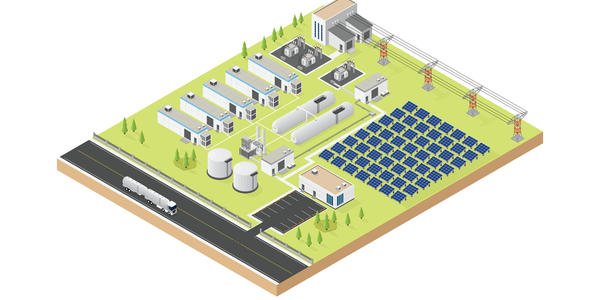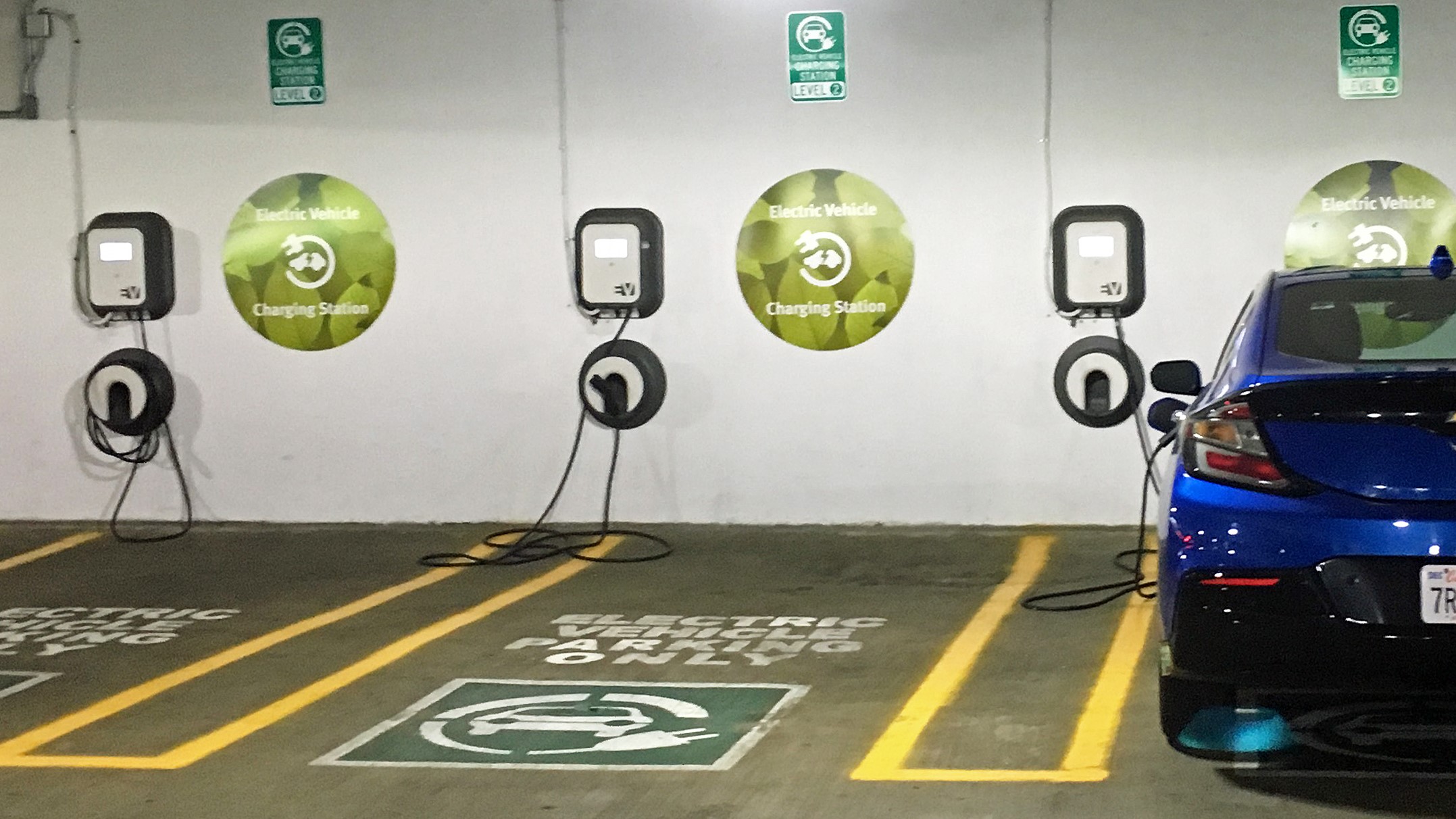What Are Microgrids, and Should You Offer Them?

5 MIN. READ
Microgrids are a fast-growing sector in electrification. The United States is a global leader in the market, with revenues expected to surpass $71 billion by 2027. For electrical contractors who have the right expertise and training, microgrids may be a great business opportunity.
What is a microgrid?
A microgrid is a miniature version of the larger electric power grid (megagrid) that has its own generation, storage and transmission capabilities. It may or may not connect to the megagrid. It is usually associated with battery storage and generally uses renewable power generation, like wind or solar, along with battery storage. Microgrids can be as simple as a single-home configuration, or they can power expansive facilities with complex equipment and control systems.
The case for microgrids is two-pronged:
- To increase energy supply resilience in areas prone to earthquakes, fires and other energy continuity risks.
- To address local supply capacity issues on the megagrid.
Microgrids as a growing sector in the U.S.
As of 2021, there are approximately 160 microgrids in the United States.
A large number of them are in California and power universities, schools, districts, medical centers and residential communities. Some examples are:
- Goleta Load Pocket Community Microgrid
- Santa Barbara Unified School District Solar Microgrids
- Los Angeles Community College District
- Hunters Point Community Microgrid Project
The rest are concentrated in Alaska, Georgia, Maryland, New York, Oklahoma and Texas. Given the recent power failures in Texas, the placement of microgrids comes as no surprise.
The Clean Coalition is a nonprofit organization dedicated to expanding small-scale renewable energy production and provision. They designed the four projects listed above. It estimates that by 2025, 25% of all new electricity generated in the United States will come from local renewable sources.
While that may be optimistic, it is clear that microgrids are on the rise. They have even caught the interest of the U.S. military. The Department of Defense (DOD) is investing in microgrid research and development for DOD installations such as military bases, which require resilient electric power sources. Further, the DOD will publish global standards for the design of microgrids for its bases, where resiliency is mission-critical.
Biden administration support
The Infrastructure Bill that just passed includes $7.5 billion for building a nationwide network of plug-in electric vehicle chargers and $65 billion to rebuild the electric grid. Some of that will be funneled from the (FEMA) Federal Emergency Management Agency’s Building Resilient Infrastructure and Communities program (BRIC). Some cities and towns expect to tap that program for microgrid development grants. Grants and tax credits for microgrids remain uncertain since that bill has yet to pass.
The future of EV charging in microgrids
The University of Idaho (Idaho National Laboratory, or INL) has undertaken a project funded by the U.S. Department of Energy Office of Electricity. The Microgrid Program is designed to address the anticipated increased demand for electric power, which is driven by the proliferation of EV charging stations.
INL, along with a private-sector partner, is designing a system in the laboratory that integrates fast-charging EV stations into the microgrid. The system essentially forms a self-sustaining environment to take on a load that would normally go to the megagrid.
With 1.6 million EVs on the road now, INL estimates that up to 500,000 more charging stations will be needed by 2025. It envisions the possibility of charging plazas, each with perhaps 20 charging stations. Further, it sees the possibility of such plazas being self-sustaining microgrids!
INL plans to simulate various models to find optimal environments that can act as models for the future.
Exciting opportunities for electrical contractors
Microgrids present a growing market for electrical contractors. Project values and revenue streams can be high, with lucrative long-term service contracts. But to succeed, you must have in-depth knowledge of utility infrastructure and power generation construction and maintenance, most likely including solar, wind or natural gas as well as battery storage. You will also need expertise in control systems that automate power production.
Battery storage technology is a key part of this trend. Installing and maintaining batteries requires technical expertise, but service contracts in this particular niche last for decades. Capital commitments can also be high, especially in generation and controls.
Companies such as Qmerit have years of installation experience and networks of contractors. You can consider working with such networks to build up the necessary expertise and find new opportunities.
But at the end of the day, microgrids are miniature utilities. It is risky to go in without proper training.
Available training — ESAMTAC
Training is available. Penn University offers the gold standard Energy Storage and Microgrid Training and Certification (ESAMTAC), a comprehensive program that covers all aspects of designing, building, commissioning, maintaining and decommissioning microgrids. The program is approved by the major industry associations, including NFPA, NEIS, NEC and ANSI. For information, contact Penn State.
Moreover, in keeping with its emphasis on microgrids, the State of California made $1.25 million in grants available to IBEW members for ESAMTAC.
What about EV charging stations?
As briefly discussed earlier, EV chargers are another area of high growth and can be a great source of installation and service contract revenue for electrical contractors. The vision of a country populated with charging plazas could mean big business for you.
While not as complex as microgrids, EV chargers require technical expertise in the new technologies. If you do not have that expertise, you will need training. In addition, you will need a technology platform to get your new business going and to keep it organized. You will need to learn how to market.
In summary, electrical contracting is a brave new world brought on by renewable energy, microgrids, battery storage and EV charging. If you have the expertise or can get it through training, you are poised for success.
To save money on electrification equipment, including EV charging stations and battery storage, contact us today!
If you're interested in becoming a Qmerit installation contractor, visit Qmerit.com.


